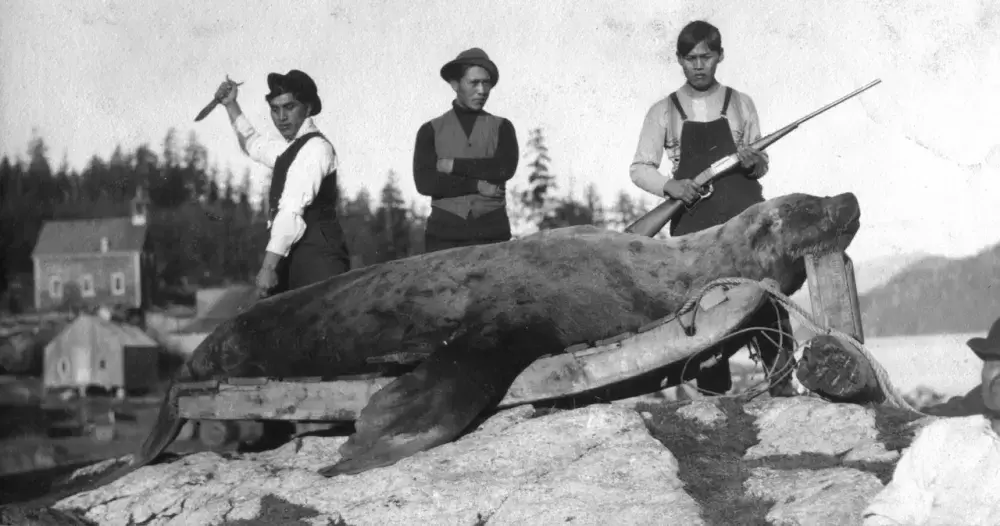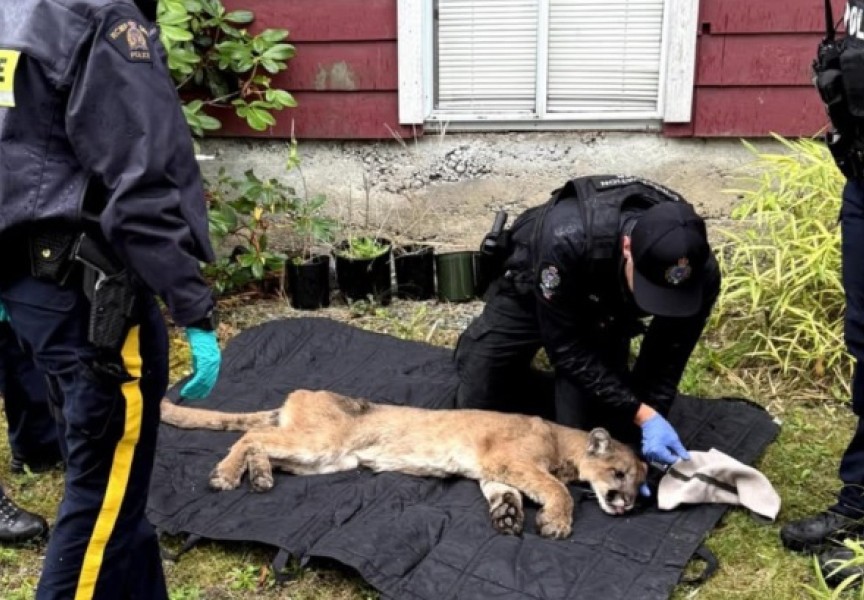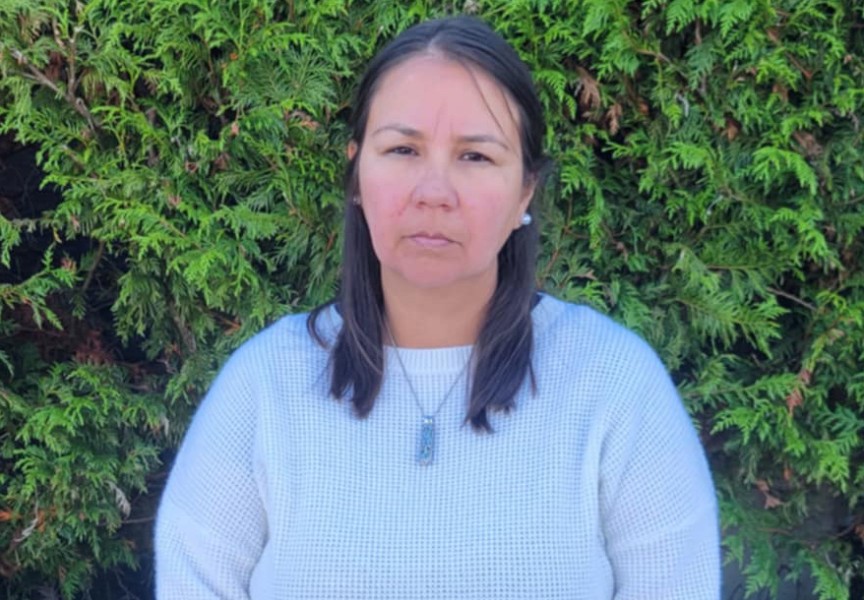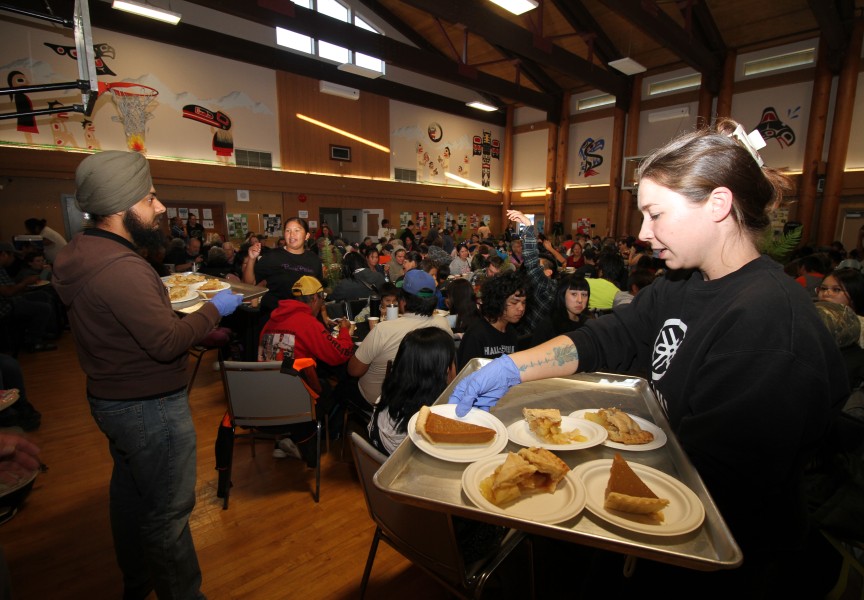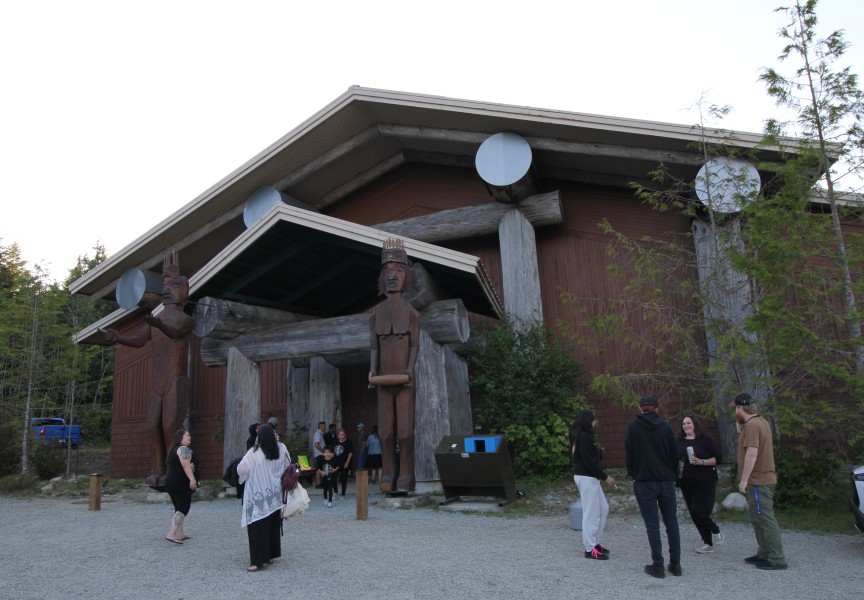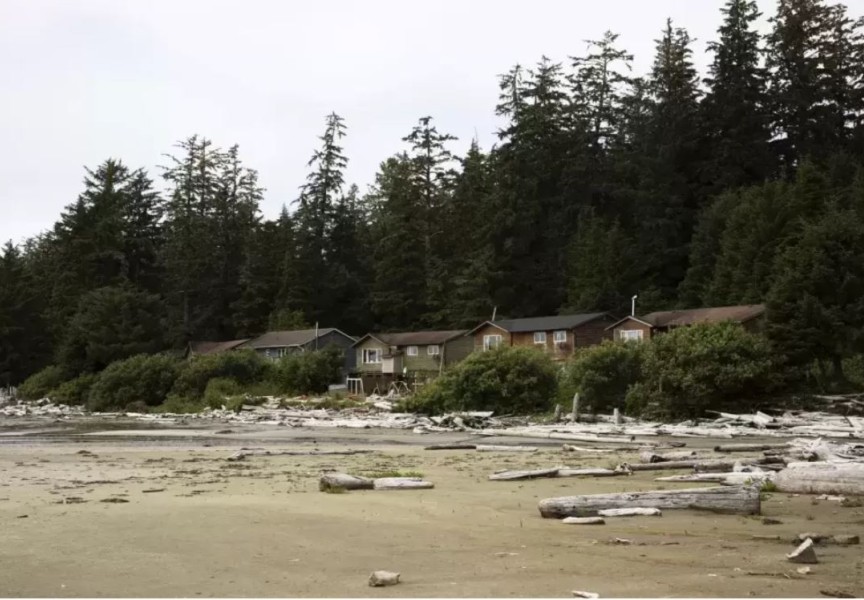Are the recovery of seal and sea lion populations affecting salmon stocks on the West Coast?
It’s an issue the Assembly of First Nations wants the DFO to look into, with a resolution passed at the AFN’s Annual General Meeting in Vancouver this summer. Passed by consensus on July 24, this directs the AFN, First Nations and Fisheries and Oceans Canada to “implement targeted management strategies in regard to the growing population of seals and sea lions throughout the entire B.C. coast,” states the resolution.
In the Pacific Region, Fisheries and Oceans Canada issues approximately 20-25 licences to harvest seals and sea lions annually for “social and ceremonial purposes,” part of the limited number of seal and sea lion hunts that the DFO permits across Canada.
“The total number of animals allowed for harvest each year for all licences combined is 300-350,” said Lara Sloan, a communications advisor with Fisheries and Oceans Canada.
Under Canada’s Species at Risk Act, the stellar sea lion is currently protected as a “species of special concern,” and there isn’t currently a commercial harvest of seals and sea lions in B.C. This has been in place since 1970, after a DFO-mandated bounty contributed to the animal’s decline.
But since then, populations on the West Coast have increased dramatically. Sea lions have more than doubled to as many as 19,700 in coastal B.C. during the summer breeding season, and seals have stabilized to numbers comparable to what existed before the animals became a hot international commodity during the West Coast fur trade.
“In 2008 it was estimated that about 105,000 harbour seals inhabited coastal waters of B.C., compared with perhaps 10,000 when the first surveys were conducted in the early 1970s,” states a DFO document on the species. “The current population size appears to be similar to pre-exploitation levels that occurred in the 1880s, and recent increases can be attributed to the recovery of populations from over-harvesting.”
Some believe this has had effects on West Coast fisheries, as a harbour seal can eat up to five kilograms of fish in a day, while an 800 kilogram male sea lion consumes over 50 kilograms daily. Forwarded by Chief Dalton Silver of the Sumas First Nation in the Lower Mainland and seconded by Chief Councillor Greg Louie of Ahousaht, the recent AFN resolution cites a 2017 study published in the Canadian Journal of Fisheries and Aquatic Sciences that indicates “seals and sea lions in the Puget Sound area of the Salish Sea consume roughly nine times the amount of Chinook salmon that they consumed before 1970.” Another scientific study published last year indicates a seven-fold increase in the amount of chinook salmon being eaten by seals, sea lions and killer whales on North America’s west coast since the early 1970s.
“This was all linked to population explosions of seals and sea lions since culling was stopped,” said Jonathan Moore, a professor in coastal and aquatic ecology at Simon Fraser University. “The commercial fishery harvest has gone down, but the marine mammal consumption has gone up.”
The AFN resolution suggests a different approach might be needed than the hunting ban on seals and sea lions in place for nearly 50 years. Traditional methods of population control show that First Nations employed different methods of managing the species, long before the fur trade intensified harvesting in the late 1800s.
A study by Iain McKechnie and Rebecca Wigen examines thousands of years of archaeological evidence along the coast of B.C. and Washington State. They concluded that northern fur seals, harbour seals and stellar sea lions appear to be “the most heavily utilized pinnipeds on the south B.C, coast over the last 8,000 years.”
Titled Human Impacts on Seals, Sea Lions and Sea Otters, the study examined records from 58 sites throughout Nuu-chah-nulth territory, data that includes bone remains dating back 2,400 years.
“Aboriginal people on the outer coast of Vancouver Island and Washington State developed a specialized hunting tradition targeting northern fur seals,” wrote McKechnie and Wigen in the piece.
Their study also noted “explicit cultural definitions of harvesting practice and etiquette including selective harvesting, seasonal restrictions on use and/or consumption and proprietorship over resources that was contingent on sustained productivity.”
By the late 1880’s, any concept of sustained productivity appears to have been overtaken by the international demand for the animals’ fur. European traders employed experienced First Nation seal and sea lion hunters as part of this industry, taking the sealing canoes aboard schooners for offshore hunting as far as the Bearing Sea.
In 1880 alone, 12,000 fur seals were harvested off Vancouver Island’s coast, cited McKechnie and Wigen’s study.
“Among the highest wages were those offered to Aboriginal hunters employed in the fur seal industry, who earned seasonal incomes well above European counterparts,” they wrote.
This industry continued until 1911, when the harvest was halted by a treaty between Canada, the United States, Russia and Japan.
More than a century later, ancient First Nation methods of controlling seals and sea lions might help to inform conservation efforts, said Moore.
“How did their harvest of seals and sea lions manage those populations, and what potential benefits might that have for salmon? I think that’s a critical question that people aren’t really thinking about enough,” he said. “I think there’s a lot of different examples of learning from the past to inform the future.”

